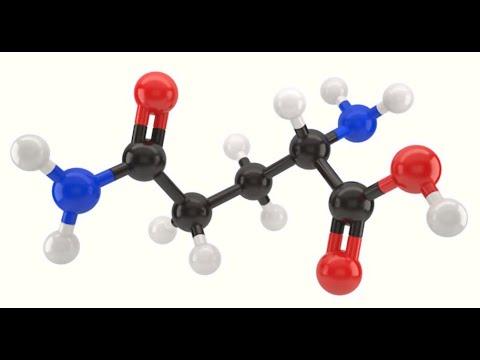Protein is essential for life. It is made up of long chains of amino acids that are linked together through a process called protein synthesis. Amino acids are the basic structural units or "building blocks" that are used to build protein in the human body. There are 20 standard amino acids that are used to build protein. The amino acid sequence of the chain, not just the presence of individual amino acids, determines the structure and function of the resulting protein. Our bodies can produce some of these amino acids internally, but others must be obtained through diet because they cannot be synthesized by the human body. These amino acids are known as "essential amino acids" and must be consumed.
Essential vs non-essential amino acids
There are nine essential amino acids that humans cannot synthesize and must obtain through their diet: leucine, isoleucine, valine, threonine, tryptophan, methionine, lysine, phenylalanine, and histidine. The remaining 11 amino acids are considered non-essential because the body produces them internally through metabolic pathways. However, while non-essential amino acids are synthesized in the liver and other tissues, the rates of synthesis may not always match the body's changing needs. So maintaining adequate dietary intake of non-essential amino acids is still important, especially during periods of growth or increased physiological demands.
Amino acid metabolism
Non-essential amino acids: These 11 amino acids can be synthesized in the human body from other amino acids or intermediates of metabolism. They are alanine, asparagine, aspartic acid, cysteine, glutamine, glutamic acid, glycine, proline, serine, tyrosine, and arginine.
As building blocks, they allow for new protein production and repair while also enabling constant protein turnover as old proteins are broken down and replaced. Some amino acids act as precursors for important molecules like neurotransmitters, hormones, and compounds important for cellular metabolism. For example, the amino acid tryptophan is a precursor for serotonin, an important neurotransmitter with regulatory roles in mood, appetite, and sleep. Tyrosine is used to make important hormones like dopamine, thyroid hormone, and adrenaline.
Protein synthesis and protein quality
Proteins contain common building blocks (amino acids) but differ in the specific sequences and arrangements of these units. This determines their unique 3D structures and specialized functions. When dietary amino acids from food sources are consumed regularly, they provide the supplies needed to enable ongoing protein synthesis within cells and tissues. The process involves transporting amino acids into cells, linking them together through peptide bonds, and folding the new protein strands into their active configurations to carry out various structural, regulatory, and enzymatic roles.
Not all protein sources provide amino acids in optimal proportions to meet human needs, as different foods have different amino acid profiles. Proteins that most closely match the human amino acid requirement pattern are considered high-quality or complete proteins. Examples include animal sources like meats, dairy, eggs as well as soybeans. Plant sources like grains, legumes, and vegetables typically need to be combined to provide complementary proteins and compensate for limiting amino acids. Consuming a variety of protein-rich foods helps ensure intake of all the essential amino acids to maximize protein synthesis for growth, repair, and maintenance.
Amino acids and health
Amino acids play critical roles across many aspects of human health and disease processes. Insufficient protein or specific limiting amino acid intake can lead to malnutrition, muscle wasting, and compromised immunity. Higher protein diets that emphasize quality protein foods like meat and eggs have beneficial effects on body composition as protein supports muscle mass and strength. Some research indicates certain amino acids may benefit brain and nervous system health as well based on their neurotransmitter precursor roles. Future studies continue investigating how individualized amino acid profiles could potentially help optimize metabolism and treat conditions related to obesity, diabetes, bone health, and more. Pharmacological interest also exists for some dietary amino acids and their biochemical modifications as potential therapeutic agents or supplements.
amino acids are essential building blocks in the human body that serve as protein subunits. Through ongoing protein turnover and synthesis, amino acids enable constant construction and repair of structural proteins as well as specialized metabolic and regulatory molecules. Dietary sources providing an adequate supply of essential amino acids are critical to maintain optimal health, growth, development, and physiological functions across the lifespan. Future discoveries continue enhancing our understanding of amino acid metabolism and potential roles in human biology and disease.
Identify the language that you favor.
Japanese Korean
About Author:
Alice Mutum is a seasoned senior content editor at Coherent Market Insights, leveraging extensive expertise gained from her previous role as a content writer. With seven years in content development, Alice masterfully employs SEO best practices and cutting-edge digital marketing strategies to craft high-ranking, impactful content. As an editor, she meticulously ensures flawless grammar and punctuation, precise data accuracy, and perfect alignment with audience needs in every research report. Alice's dedication to excellence and her strategic approach to content make her an invaluable asset in the world of market insights.
(LinkedIn: www.linkedin.com/in/alice-mutum-3b247b137 )

